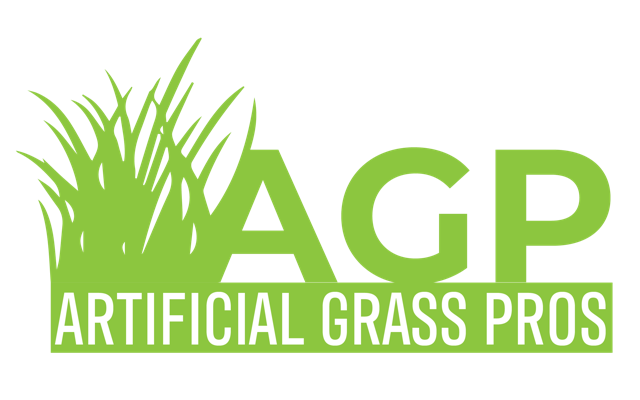Introduction
Synthetic turf has become a popular alternative to natural grass for sports fields, playgrounds, and residential lawns. Its appeal lies in its low maintenance, durability, and aesthetic consistency. However, concerns about its safety have arisen over the years. This blog post will delve into how synthetic turf is safe for everyone, addressing common concerns and highlighting the benefits that make it a viable option for various applications.
Health and Environmental Safety
One of the primary concerns about synthetic turf is its potential health risks. However, numerous studies have shown that modern synthetic turf is made from safe materials. The infill, often made from crumb rubber or alternative materials, undergoes rigorous testing to ensure it does not pose health risks. These materials are free from harmful chemicals and heavy metals, making them safe for children, athletes, and pets. Furthermore, advancements in manufacturing have led to the development of organic infill options, enhancing the environmental friendliness of synthetic turf.
Injury Prevention
Injury prevention is a critical factor when considering the safety of synthetic grass, especially for sports and recreational activities. Synthetic turf provides a consistent playing surface, reducing the risk of uneven ground that can lead to trips and falls. Modern synthetic turf systems are designed with shock-absorbing layers that mimic the natural give of soil, cushioning impacts and minimizing the risk of injuries such as sprains and concussions. Additionally, the even surface helps prevent ankle twists and other common injuries associated with natural grass fields that become uneven over time.
Maintenance and Hygiene
Synthetic turf requires significantly less maintenance than natural grass, contributing to its safety. The absence of pesticides, fertilizers, and herbicides means that those using the turf are not exposed to potentially harmful chemicals. Moreover, synthetic turf is designed to be easily cleaned and disinfected, reducing the risk of bacterial and fungal infections. Regular brushing and watering can keep the surface hygienic, ensuring a safe environment for all users.
Long-Term Durability
The durability of artificial turf is another aspect that enhances its safety. Natural grass can become patchy and worn, creating hazards such as muddy areas and exposed soil. On the other hand, synthetic turf remains consistent in appearance and texture, providing a reliable surface year-round. This durability reduces the need for frequent repairs and replacements, which can introduce safety hazards during maintenance work. Additionally, synthetic turf’s ability to withstand heavy use makes it ideal for high-traffic areas, ensuring a safe and enjoyable experience for everyone.
Conclusion
In conclusion, synthetic turf is a safe and practical choice for various applications, from sports fields and playgrounds to residential lawns. Its health and environmental safety, injury prevention capabilities, low maintenance requirements, and long-term durability make it a reliable and safe option for all users. As technology advances, synthetic turf will likely become an even safer and more sustainable alternative to natural grass, providing a consistent and secure environment for recreational and everyday use.


Recent Comments